I am trying to shade a certain section of a time series plot (a bit like recession shading - similarly to the graph at the bottom of this article on recession shading in excel). I have put a little, possibly clumsy, sample together to illustrate. I first create a time series, plot it with ggplot2 and then want to use geom_rect to provide the shading. But I must get something wrong in the arguments.
a<-rnorm(300)
a_ts<-ts(a, start=c(1910, 1), frequency=12)
a_time<-time(a_ts)
a_series<-ts.union(big=a_ts, month=a_time)
a_series_df<-as.data.frame(a_series)
ggplot(a_series)+
geom_line(mapping=aes_string(x="month", y="big"))+
geom_rect(
fill="red",alpha=0.5,
mapping=aes_string(x="month", y="big"),
xmin=as.numeric(as.Date(c("1924-01-01"))),
xmax=as.numeric(as.Date(c("1928-12-31"))),
ymin=0,
ymax=2
)
Note that I have also tried which also did not work.
geom_rect(
fill="red",alpha=0.5,
mapping=aes_string(x="month", y="big"),
aes(
xmin=as.numeric(as.Date(c("1924-01-01"))),
xmax=as.numeric(as.Date(c("1928-12-31"))),
ymin=0,
ymax=2)
)



